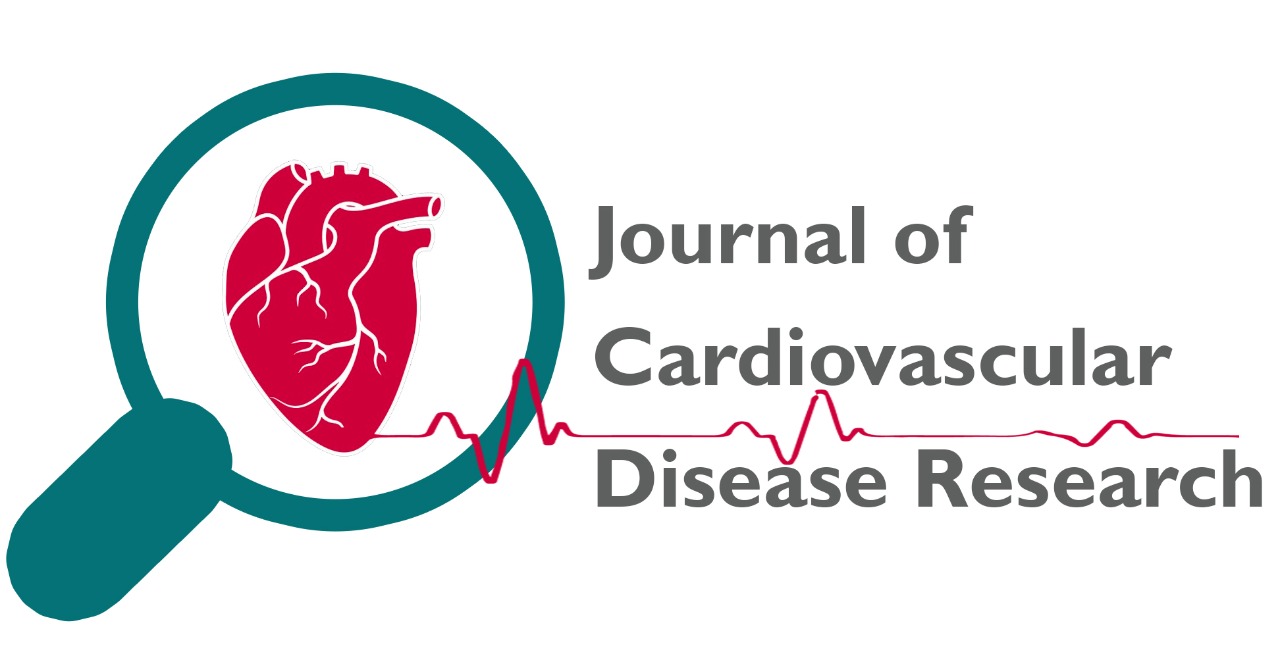
Association of Serum Lipids with High Blood Pressure among Diabetic Patients
Dr. Md. Saidul Alam, Dr. Md. Arifur Rahman, Dr. Md. Fazlul Karim3, Dr. Lohani Md Tajul Islam, Dr. Shamsi Sumaiya Ashique, Dr. Shirajum Munira, Dr. Khadeza Khatun, Dr. Mohammad Jobayer
JCDR. 2023: 242-247
Abstract
Dyslipidemia and hypertension in diabetic patients increase the risk of microvascular as well as macrovascular complications. The risk is usually increased and even multiplied when both dyslipidemia and hypertension coexist. Aim of the study: This study aimed to evaluate the association of serum lipids with high blood pressure among diabetic patients. Methods: This prospective observational cohort study was conducted in National Center for Control of Rheumatic Fever & Heart Diseases, Dhaka, Bangladesh, from March 2021 to July 2022. Total 247 diabetic patients from different age groups of either gender were enrolled in this study. Patients taking lipid lowering agents were excluded. Demographic and clinical information as well as data regarding lipid profile and blood pressure of the participants was recorded. Results: Total cholesterol, triglycerides and LDL-C were significantly correlated with systolic as well as diastolic blood pressure and were raised among hypertensive patients as compared to non-hypertensive (P<0.001). The highest correlations were found between non-HDL-C with systolic and diastolic blood pressures (r=0.420 and r=0.421, respectively with p<0.001). However, HDL-C was inversely correlated with systolic and diastolic blood pressure and was raised among non-hypertensive patients. Regression models and mathematical linear equations were developed to estimate increasing blood pressure by given serum lipid levels. All regression models were significant (p<0.0001). Conclusion: High lipid levels contribute to development of increase systolic as well as diastolic blood pressures. Besides blood pressure checking, proper assessment of total-cholesterol, triglycerides and HDL-C, non-HDL-C levels should be considered as mandatory procedure in management of all diabetic patients.
Description
Volume & Issue
Volume 14 Issue 9
Keywords
|
This is an open access journal which means that all content is freely available without charge to the user or his/her institution. Users are allowed to read, download, copy, distribute, print, search, or link to the full texts of the articles in this journal without asking prior permission from the publisher or the author. This is in accordance with the Budapest Open Access Initiative (BOAI) definition of open access.
The articles in Journal of Cardiovascular Disease Research are open access articles licensed under the terms of the Creative Commons Attribution Non-Commercial License (http://creativecommons.org/licenses/by-nc-sa/3.0/) which permits unrestricted, non-commercial use, distribution and reproduction in any medium, provided the work is properly cited. |
|
|
|
|
|
Copyright � 2022 Journal of Cardiovascular Disease Research All Rights Reserved. Subject to change without notice from or liability to Journal of Cardiovascular Disease Research.
For best results, please use Internet Explorer or Google Chrome POLICIES & JOURNAL LINKS
Author Login
Reviewer Login About Publisher Advertising Policy Author's Rights and Obligations Conflict of Interest Policy Copyright Information Digital Archiving & Preservation Policies Editorial Policies Peer Review Policy Editorial & Peer Review Process License Information Plagiarism Policy Privacy Policy Protection of Research Participants (Statement On Human And Animal Rights) Publication Ethics and Publication Malpractice Statement Corrections, Retractions & Expressions of Concern Self-Archiving Policies Statement of Informed Consent Terms of Use |
Contact InformationJournal of cardiovascular Disease Research,
|




